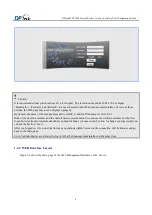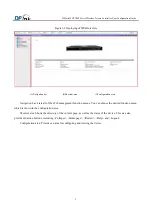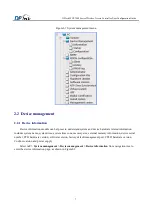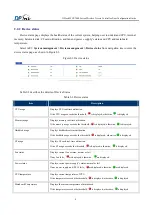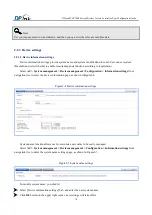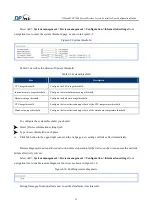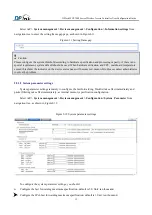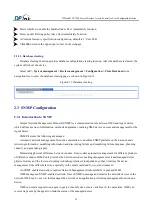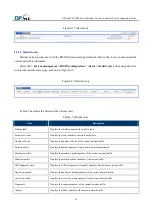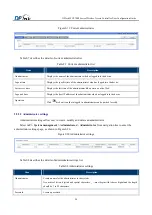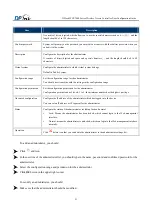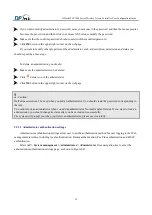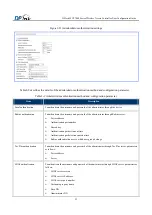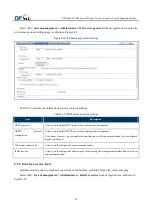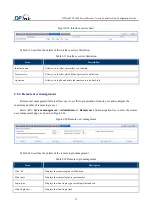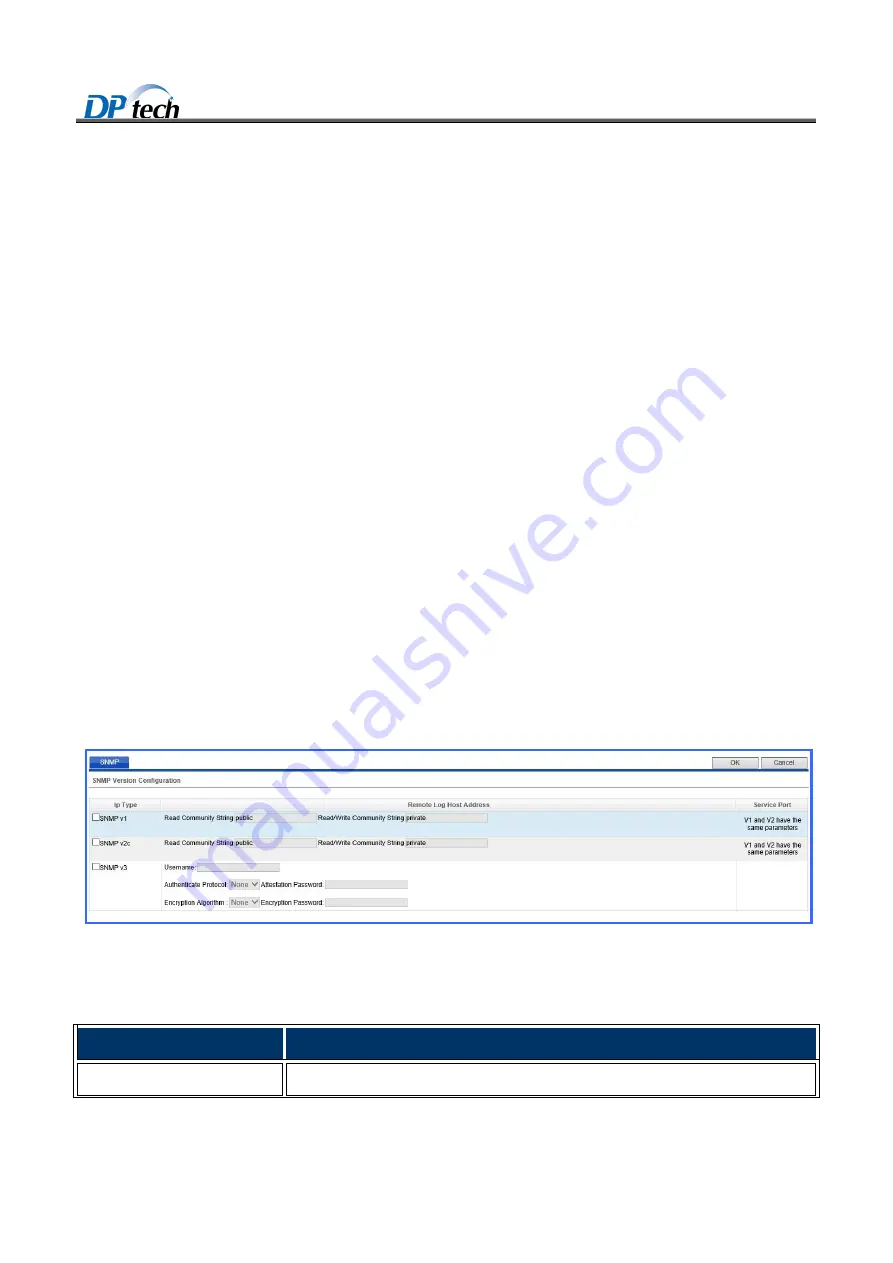
DPtech WCS 7000 Series Wireless Access Controller User Configuraiton Guide
15
As an application module that resides in a network device, an agent maintains the information of the managed
devices, responds to NMS requests, and sends the data to the NMS.
Upon receiving an NMS request, an agent completes the querying or modification operations, and sends the
result to the NMS. Meanwhile, if the device fails or other events occur, the agent will send unsolicited traps to the
NMS to notify it of the status changes of the device.
2.3.1.1 SNMP version configuration
Currently, SNMP includes three versions: SNMPv1, SNMPv2c and SNMPv3.
SNMPv1 is the first version of the SNMP protocol, providing a minimum network management function. The
Structure of Management Information (SMI) and MIB of SNMPv1 are rather simple and have many security
defects.
SNMPv1 uses community name for authentication. A community name plays a similar role as a password and
can be used to control access from NMS to Agent. SNMP packets with community names that do not pass the
authentication on the device are simply discarded.
SNMPv2c also uses community name for authentication. Compatible with SNMPv1, it extends the functions
of SNMPv1. SNMPv2c provides more operation modes such as GetBulk; it supports more data types such as
Counter32; and it provides various error codes, thus being able to distinguish errors in more detail.
By adopting User-based Security Model (USM) and View-based Access Control (VACM) technologies,
SNMPv3 enhances security. USM offers authentication and privacy functions; while VACM controls users’ access
to specific MIBs.
Select
AC > System management > SNMP
from navigation tree to enter the SNMP version configuration
page, as shown in Figure2-14.
Figure2-14
SNMP version configuration
Table2-4 describes the details of the SNMP version configuration.
Table2-4
SNMP version configuration
Item
Description
SNMP v1/v2
It is the SNMP version number, adopting community authentication.




